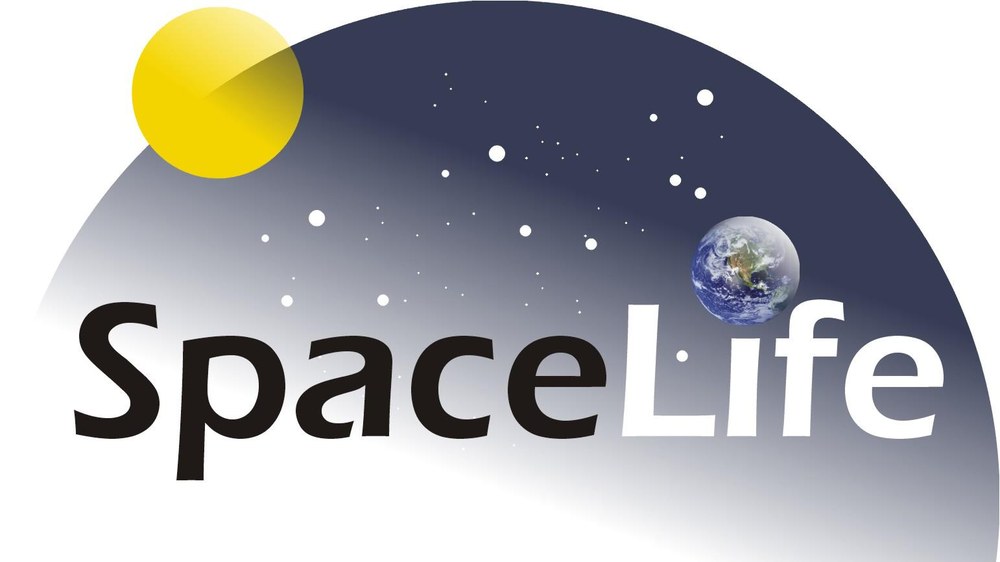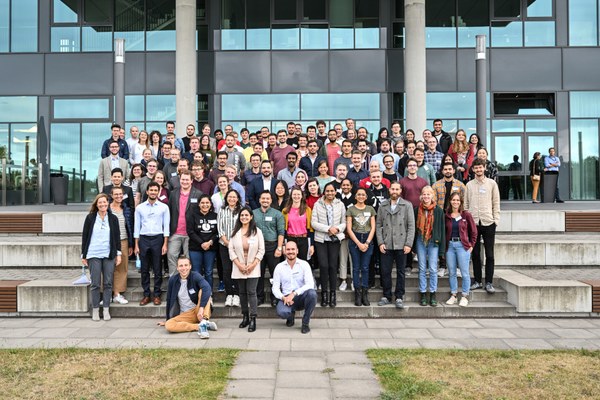Helmholtz Research School 'SpaceLife' – a doctoral candidate program


The Helmholtz Space Life Sciences Research School (SpaceLife) is funded by the Helmholtz Association (Helmholtz-Gemeinschaft) for a period of six years (beginning in April 2009) and receives additional funds from the German Aerospace Center (Deutsches Zentrum für Luft- und Raumfahrt; DLR). Using the Helmholtz funds, the DLR Institute of Aerospace Medicine (DLR-Institut für Luft- und Raumfahrtmedizin) in Cologne, in collaboration with the universities of Aachen, Bonn, Erlangen-Nürnberg, Frankfurt, Hohenheim, Kiel, Magdeburg, Regensburg, the Free University Berlin, the Beihang University in Beijing and the German Sport University Cologne, established the first Helmholtz Research School at DLR: an intensive training programme for early-stage researchers from Germany and from abroad.
'SpaceLife' will enable young researchers to do interdisciplinary research work in the fields of radiation biology, gravitational biology and astrobiology, or space physiology and space psychology. In each study cycle, up to 25 students from any country can participate in the three-year program. The programme language is English. The programme is complemented by national and international conferences, as well as lectures, scientific seminars and personal development training. "We place the young graduates in internationally renowned research groups. Participation in the programme will have a profound impact on the education of young scientists," says DLR's Christine Hellweg, the coordinator for the research school. Students will learn to develop integrated concepts to solve health issues in human spaceflight and in related disease patterns on Earth. They will further explore the requirements for life in extreme environments, enabling a better understanding of the ecosystem on Earth and the search for life on other planets in unmanned and manned missions.
Training programme for young researcher from Germany and from abroad
The area of space physiology can serve as an example of the research projects covered by the programme. The aim here is to optimise physiological and biomechanical parameters for training leg muscles in weightlessness. This joint project with the German Sport University Cologne investigates new methods for leg muscle training in space. In the context of this project, a combination of a drive system developed by robotic engineers with a lower body negative pressure device will be used for the first time. Due to weightlessness in space, blood supply to the leg muscles of astronauts is reduced. In addition, the lack of gravitational pull leads to a reduced muscular load in the legs. These factors have a decisive impact on muscle training in space. The new training methods developed in this project should enable an ideal muscular load, which in turn should optimise the blood supply to the legs. This requires new technological solutions, as well as a more profound understanding of biomechanical and physiological processes, to be obtained through the joint efforts of engineers and scientists in the fields of medical engineering, medicine, biology and sports science.





